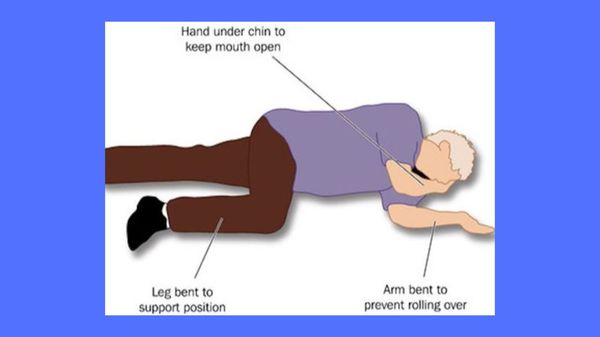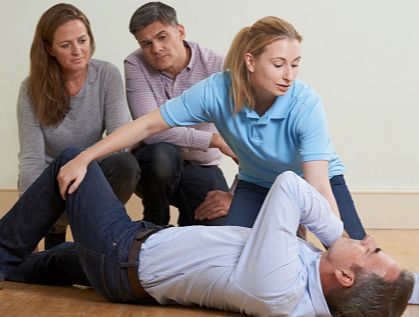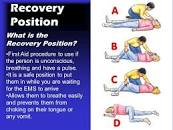Who is a casualty?
A casualty is a victim of an accident that has sustained an injury. An accident does not announce itself when it wants to happen. However, people can take precautions beforehand to prevent it from becoming disastrous. It is part of what contains in emergency preparedness and response.
According to Wikipedia-An accident is “an unintended, normally unwanted event that was not directly caused by humans. The term accident implies that nobody should be blamed, but the event may have been caused by unrecognized or unaddressed risks“.
Preparing for an emergency should be encouraged to reduce any loss arising from accidents.
When we have a casualty from an accident episode, a competent first aider has to respond to the scene to administer first aid. Sometimes, a first aider may not be too early to the scene of an accident. The bystanders will not know what to do at that moment. Everyone must have basic first aid skills. You never can tell when it will be beneficial to you.
Who is a first aider?
According to the health and safety executive of the UK, A first-aider is someone who has undertaken training appropriate to the circumstances. They must hold a valid certificate of competence in either first aid at work, emergency first aid at work or any other level of training or appropriate qualification.
Why do we need to administer first aid to a casualty?
The first aider administers first aid to the casualty for the following reasons.
To preserve life.
First aid helps to preserve life. Preventable deaths should not be allowed to happen at any time.
To limit worsening the condition.
Some conditions can be worse if not responded to on time. If the casualty is bleeding profusely with limited or no first aid attention, the person may give up.
To Promote recovery.
Promoting recovery by having a timely response to a casualty ensures relief from pain and discomfort. There will not be any deterioration of the situation before the hospital treatment.

What is a recovery position?
The recovery position is a way to place a person on their side with their bent limbs supporting their body.
When is it necessary to place a casualty in a recovery position?
A person can be unconscious and not breathing. If a person is unconscious but is breathing and has no other life-threatening conditions, your line of action should be getting them into a recovery position.
Ensure that their airway is clear, open and free of any vomit or fluid that will cause them to choke. You are doing this recovery position to sustain life until medical help is available.

How to put someone into the recovery position
- Put the casualty to lie on their back.
- Kneel close to the casualty.
- Extend the arm nearest to you at a right angle to their body with their palm facing up.
- Take the second arm, fold the arm and make sure the palm rests on the cheek closest to you. Then, hold it in place.
- Roll the person and bend the person’s knee farthest away from you to a right angle with your hand.
- Pull the bent knee towards yourself and gently rest it on the floor.
- Their bent arm should support the head, and their extended arm will stop you from rolling them too far.
- Make sure their bent leg is at a right angle.

What do you do after achieving a recovery position?
You are to stay and monitor the casualty until medical help arrives.
Onyeka Emma is a QHSE Professional with more than 10 years of experience in occupational health and safety, which spans many industries such as construction, beverage, oil and gas, etc. He has many health and safety certifications, including NEBOSH IGC, ISO 9001:2015, ISO 14001:2015, and ISO 45001:2018 Lead auditor certificate. A member of IOSH, ISPON, and Nigeria Red Cross Society. He is interested in business, entrepreneurship, Speaking, and motivating people to do better for themselves. He enjoys leisure with a good motivational book.


